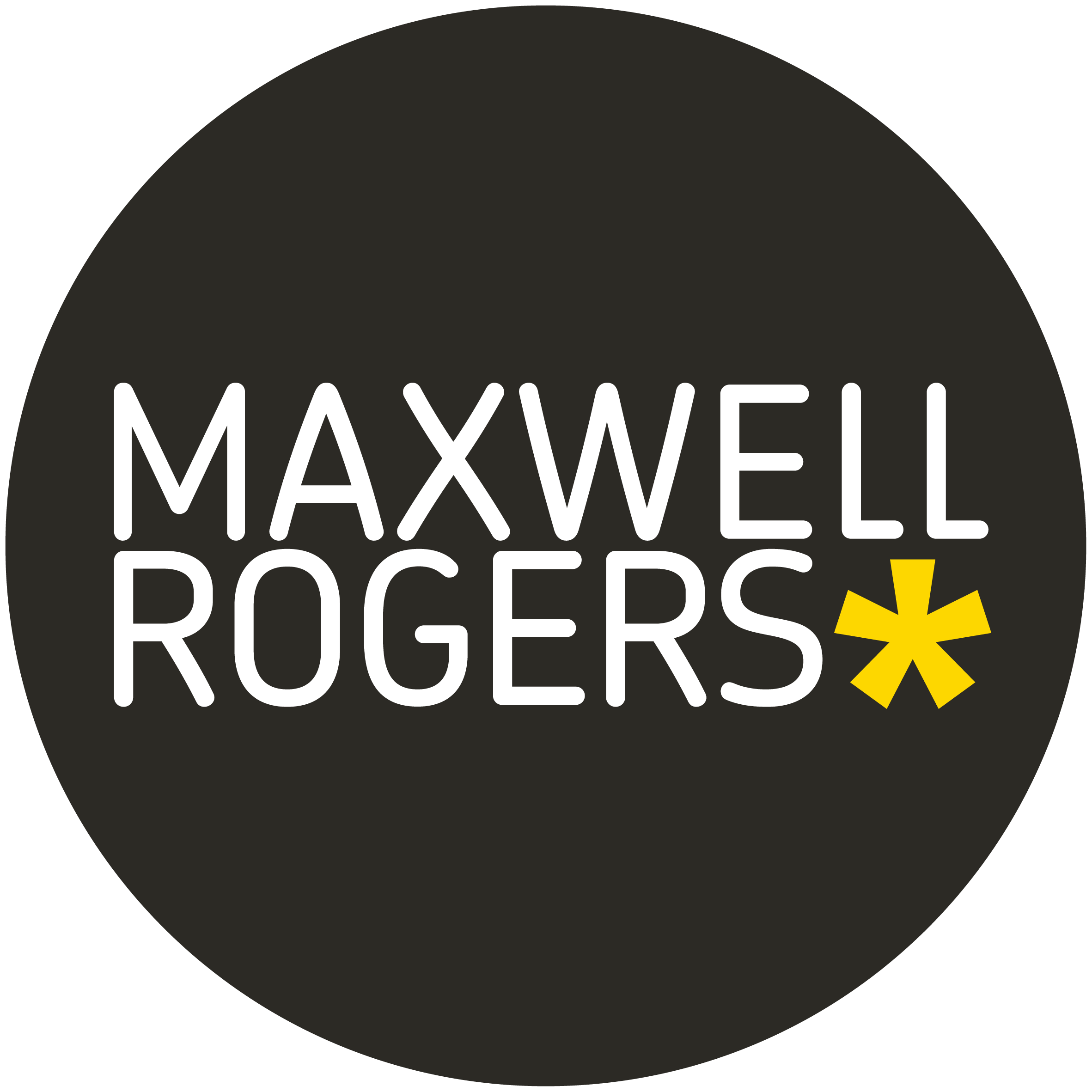In a world of increasing competition, it is more important than ever that your business stands out. That your message is heard amongst all the noise.
Information is important but how you relay that information needs time and thought, ‘What does my audience want to hear?’, ‘How can I engage with them?’, ‘What will motivate them to follow my brand, buy my product, or accept my ideas?’. Taking the time to plan your message for the outcome you want, the outcome your audience are going to resonate with, is essential for every business touchpoint. From customer service to the look of the website, to the presentations delivered to key stakeholders.
What is business storytelling?
Business storytelling is a powerful and effective way to communicate with audiences. As consumers expect more from brands, companies must think of new ways to engage and connect with their target markets.
Stories are effective because we have been exposed to them every day since our early years, and our brains have learnt how to recognise and process them. As a result, information presented in a story structure or format is more likely to be understood and remembered than a list of facts or data, something we go onto explore in our next blog, on the psychology of storytelling.
How to tell a business story
So, where do we begin when it comes to business storytelling? It is a good idea to start with the exposition; in a business context it is the idea, brief or commentary for your communication. What is its purpose? What is the message we need to share and why are we sharing it? Who is our target audience, and how are they going to resonate with it?
All those questions will help to inform what happens next – the creation of your story structure. For many, this means lots of post it notes on the wall. For others, it means logging on to their computer and researching, brainstorming, developing propositions, or gathering data. No matter the method you choose, you need a logical structure to convert your idea into a story. At Maxwell Rogers, we often use the McKinsey framework; situation, complication, and resolution – which can be applied to most business communications.
The situation sets the scene – the broader context. What is happening that makes your message relevant. The complication is the reason the situation needs action. And the resolution is the action – what you are offering or proposing and how can it make a difference to the situation and audience.
Choosing which facts or points you need to represent each part of your story is also key. Pick those that support your narrative and leave out the ones that do not. Although tempting to blurt out everything you know on the subject, it is much better if you don’t. You’ll produce a clearer, more engaging message for your audience this way. If done effectively it is like swapping a complex, unengaging textbook, for a much more interesting novel.
Why should I use business storytelling?
If you need to influence, encourage, motivate, or inspire your audience, stories are pretty good way to achieve it.
Builds connection and trust
Business storytelling is effective because it helps you build a connection with your audience. By telling a story, you are taking them on a journey with you, helping them relate to what you are saying. It is a more human and personal way to communicate and therefore will help to build trust between business and individual.
Increases understanding
Business storytelling increases understanding both on a basic and more advanced level. Presenting the information with context helps your audience to follow the content and know exactly what you are trying to say. And by linking it to a wider narrative, helps them find their own place within the story, how it fits into their world and what it really means for them.
Stand out from the crowd
Not only will business storytelling help you cut through the noise, and present information that people want to engage with, but it should help memorability too. Our brains have evolved to respond to, and remember, stories. So, presenting your business message in one should increase the likelihood it will be remembered at a later stage.
In general, business storytelling is gaining traction as people begin to realise the benefits it can provide. However, we still agree with Gary Vaynerchuk when he says it is “by far the most underrated skill in business”. So, we work to change this every day with the services we offer at Maxwell Rogers, helping businesses tell their stories. If you have any questions or want to find out more about the services we offer, please email us at studio@maxwellrogers.co.uk.

